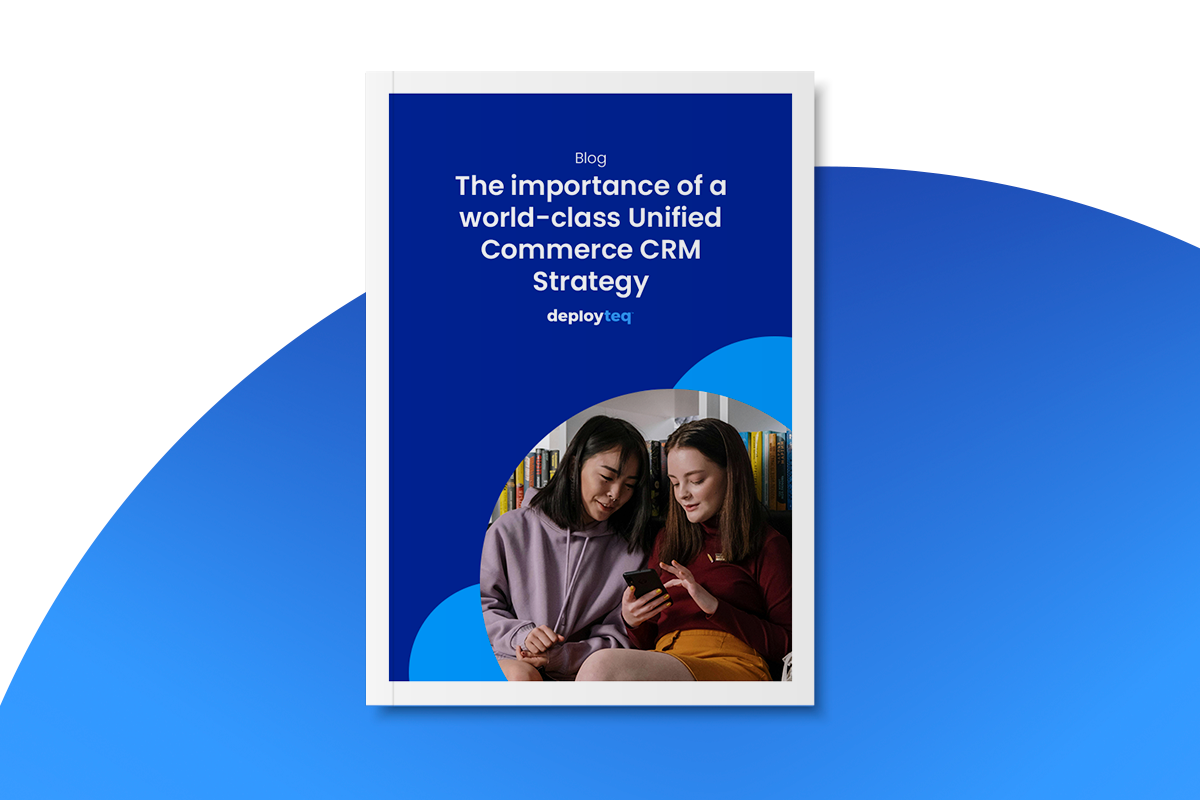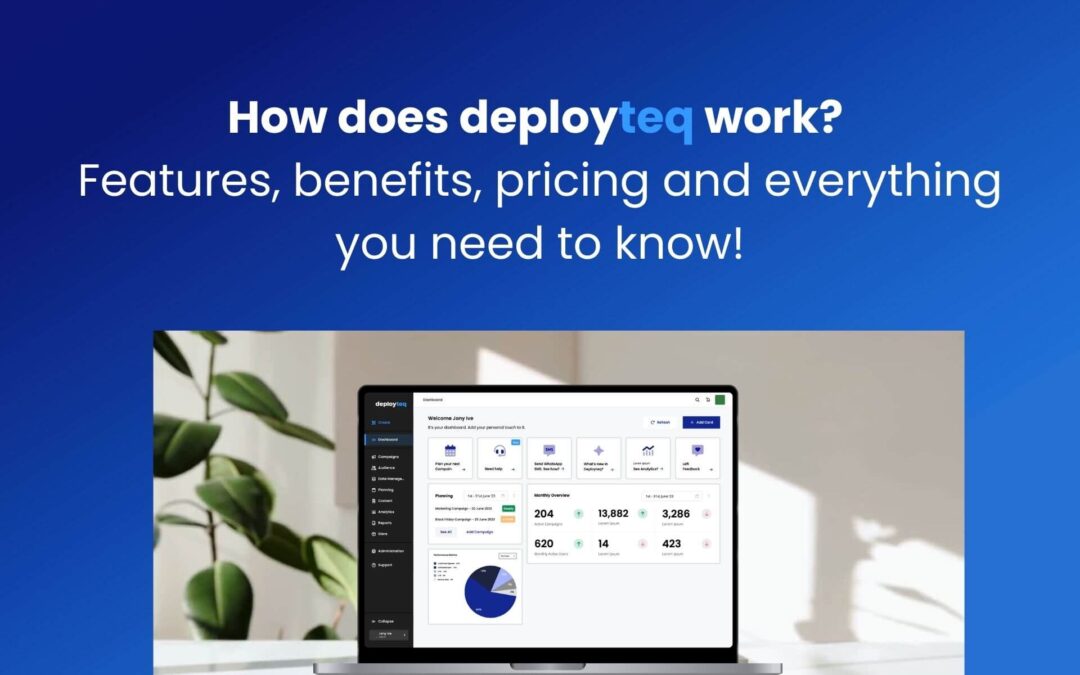It’s no secret that today’s commerce landscape is evolving at lightning speed, as consumer demands become ferocious, and businesses invest more resource, budget, and technology to gain a competitive edge.
Brands in this space face the challenge of not only attracting new customers, but also maintaining their position as ‘brand of choice’ with their current audience.
As the lines between shopping channels blur, the integration of Customer Relationship Management (CRM), marketing automation, and other relevant internal systems is becoming a cornerstone for businesses to achieve this.
The approach, often referred to as Unified Commerce, goes beyond traditional omnichannel strategies to provide a comprehensive view of the customer journey, enhancing every interaction along the way.
What is Unified Commerce and how does it relate to CRM strategy?
Unified Commerce represents the next step in the evolution of shopping experiences, building on the foundations laid by omnichannel strategies.
Unlike omnichannel, which focuses on creating consistency across online and offline channels, Unified Commerce integrates CRM and marketing automation technology, alongside other relevant systems and customer touchpoints. Consolidating data and processes into a single view.
For marketers, this means the ability to track a customer’s entire journey, from initial contact through to post-purchase, within a single system. Gathering powerful insights that drive highly relevant marketing campaigns.
The benefits of a Unified Commerce CRM strategy
By eliminating data silos and connecting disparate data sources, Unified Commerce ensures that all customer information is accessible and actionable across an entire business. This visibility allows all departments to fully understand and react to customer behaviours and preferences based on accurate, real-time data.
This holistic view enables marketers to craft highly personalised communications and promotions. For instance, a travel agency could use Unified Commerce data to suggest customised travel packages based on a customer’s previous bookings and searches. Similarly, a retail store might offer targeted discounts to a customer based on their browsing and purchase history, both online and in-store.
How to execute a Unified Commerce CRM strategy
Implementing a Unified Commerce CRM strategy requires a carefully considered approach to technology integration and data management.
The first step is to ensure that the CRM, marketing automation technology, and other relevant internal systems are integrated into a single, seamless platform. Allowing for real-time updates and information sharing across all departments.
Understanding the customer better through data is another critical component of the strategy. This involves collecting data whilst also analysing it to gain insights that can inform strategic decisions.
Using this comprehensive understanding, marketers can execute unified communications across channels. Whether that’s sending a timely SMS about a new promotion or a personalised recommendation through email, each interaction is informed by a complete view of the customer, ensuring consistency and personalisation.
In conclusion
Embracing a Unified Commerce strategy truly transforms how brands can interact with their audience. By integrating their CRM and internal systems with marketing automation, businesses will not only understand their audience better, but also engage with them more effectively. Ensuring every communication resonates and builds lasting loyalty.
For commerce businesses, the digital landscape will only continue to evolve. So, for those wanting to remain competitive and a ‘brand of choice’, embracing Unified Commerce is fast becoming crucial in a customer-centric world.











